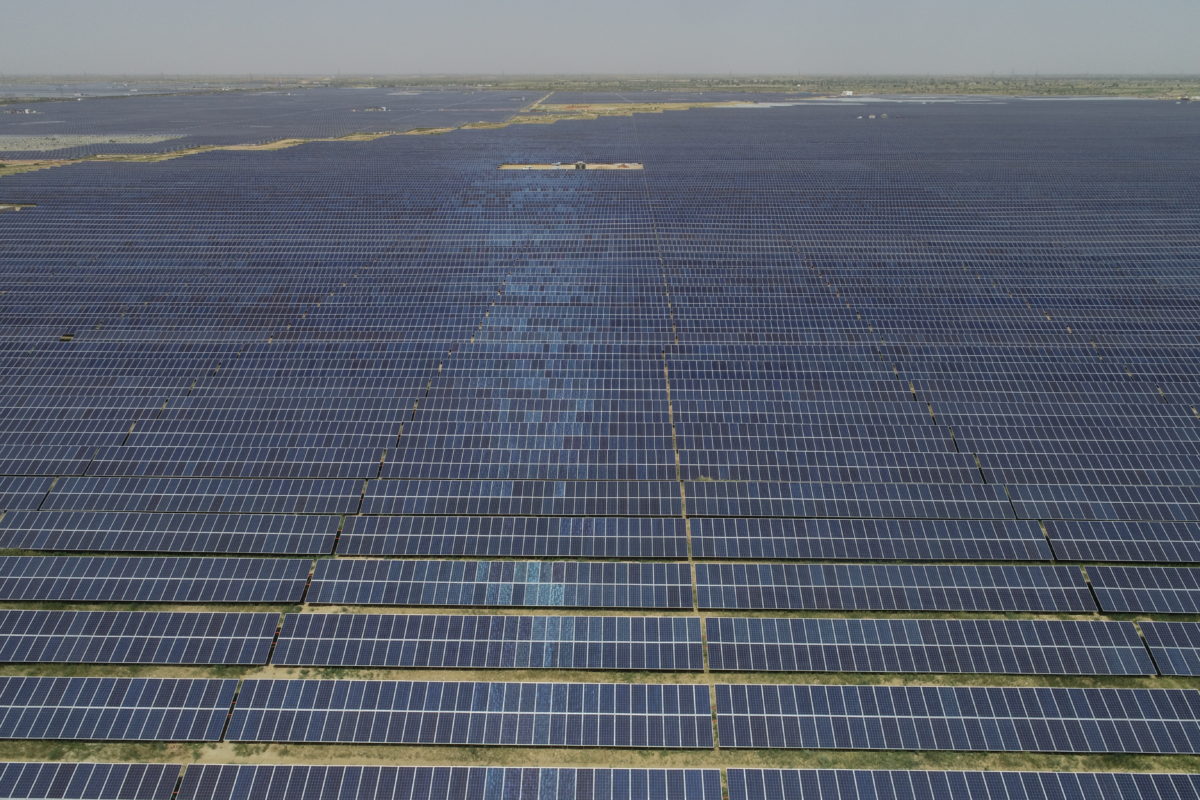In 2020, more than 90% of the solar and wind energy projects evaluated received investment-grade ratings of BBB and above, according to an independent study released by the CEEW Centre for Energy Finance (CEEW-CEF).
This massive reduction in investors’ risk perception is due to the significantly improved financial viability of India’s renewable energy projects over the last decade on account of favorable policy support from the central government. As recently as 2015, less than 50% of the projects in the sector enjoyed such favorable ratings from credit rating agencies on their debt issuances, according to the report.
The CEEW-CEF study, supported by Shakti Sustainable Energy Foundation, also highlighted that out of the 90 renewable energy projects evaluated by three credit rating agencies in 2020 and considered in the report, only six wind energy projects had below-investment-grade ratings. Of the 44 solar projects evaluated, 26 enjoyed an ‘A’ rating and nine were rated as ‘AA’- indicating an extremely low probability of default. Further, five solar projects received BBB ratings on their debt issuances. Similarly, of the 46 wind energy projects evaluated, 30 projects received an ‘A’ rating, while another ten projects were given ‘BBB’ rating by the credit rating firms.
The study found that the government’s decision to introduce Solar Energy Corporation of India Ltd (SECI) as an intermediary to buy power from solar projects in 2017, has had a very positive impact. Tariffs declined by 24%, over the next eighteen months solely on account of this policy decision. More importantly, tariffs reduced despite a slight increase in interest rates on loans during the period. SECI’s introduction led banks to favorably assess RE projects, and investors to accept lower returns on their investments.
Gagan Sidhu, Director, CEEW Centre for Energy Finance, said, “Consistent policy support has played a key role in the evolution of India as the fourth largest renewable energy market, with a total installed capacity of more than 100 GW. Policy measures such as the Production Linked Incentive (PLI) scheme for encouraging local manufacturing of solar PV modules can further reduce the cost of solar projects in the coming decades. Such long-term policy impact would be critical to achieving the target of installing 500 GW of RE by 2030. India will need investments worth over USD 20 billion per year to achieve its 2030 targets for generation alone. Access to foreign capital is critical to our long and short-term targets.”
The CEEW-CEF study ‘How have India’s RE Policies Impacted its Wind and Solar Projects?’ evaluated the credit ratings of 143 solar energy and 101 wind energy projects between 2010 and 2020, with a cumulative debt of INR 38,000 and INR 43,000 crore, respectively.
Vaibhav Pratap Singh, Programme Lead, CEEW-CEF, said, “Solar and wind energy combined with battery storage technology will be the drivers for decarbonizing electricity generation, the contributor of over 40% GHG emissions in the country. India’s policy stewardship has helped solar become an investment magnet, with record investments pouring in from domestic and international investors in the recent past. However, to achieve continued growth in line with the upcoming target of 500 GWs of renewable by 2030 and later for net-zero by 2070, the policies would need to fix leaking buckets like discoms and go beyond the arrangements like SECI. Sustained policy support, especially on the distribution side of the business, will be vital.”
The CEEW-CEF study highlighted that short-term RE capacity enhancement targets, announced in 2015, coupled with other policy measures such as bypassing distribution company’s risk using Solar Energy Corporation of India Ltd (SECI), have helped reduce the risk perception of these projects among investors. Reduction in yields on benchmark government bonds and improvement in technology also helped reduce the cost of financing for these RE projects.
This content is protected by copyright and may not be reused. If you want to cooperate with us and would like to reuse some of our content, please contact: editors@pv-magazine.com.









1 comment
By submitting this form you agree to pv magazine using your data for the purposes of publishing your comment.
Your personal data will only be disclosed or otherwise transmitted to third parties for the purposes of spam filtering or if this is necessary for technical maintenance of the website. Any other transfer to third parties will not take place unless this is justified on the basis of applicable data protection regulations or if pv magazine is legally obliged to do so.
You may revoke this consent at any time with effect for the future, in which case your personal data will be deleted immediately. Otherwise, your data will be deleted if pv magazine has processed your request or the purpose of data storage is fulfilled.
Further information on data privacy can be found in our Data Protection Policy.